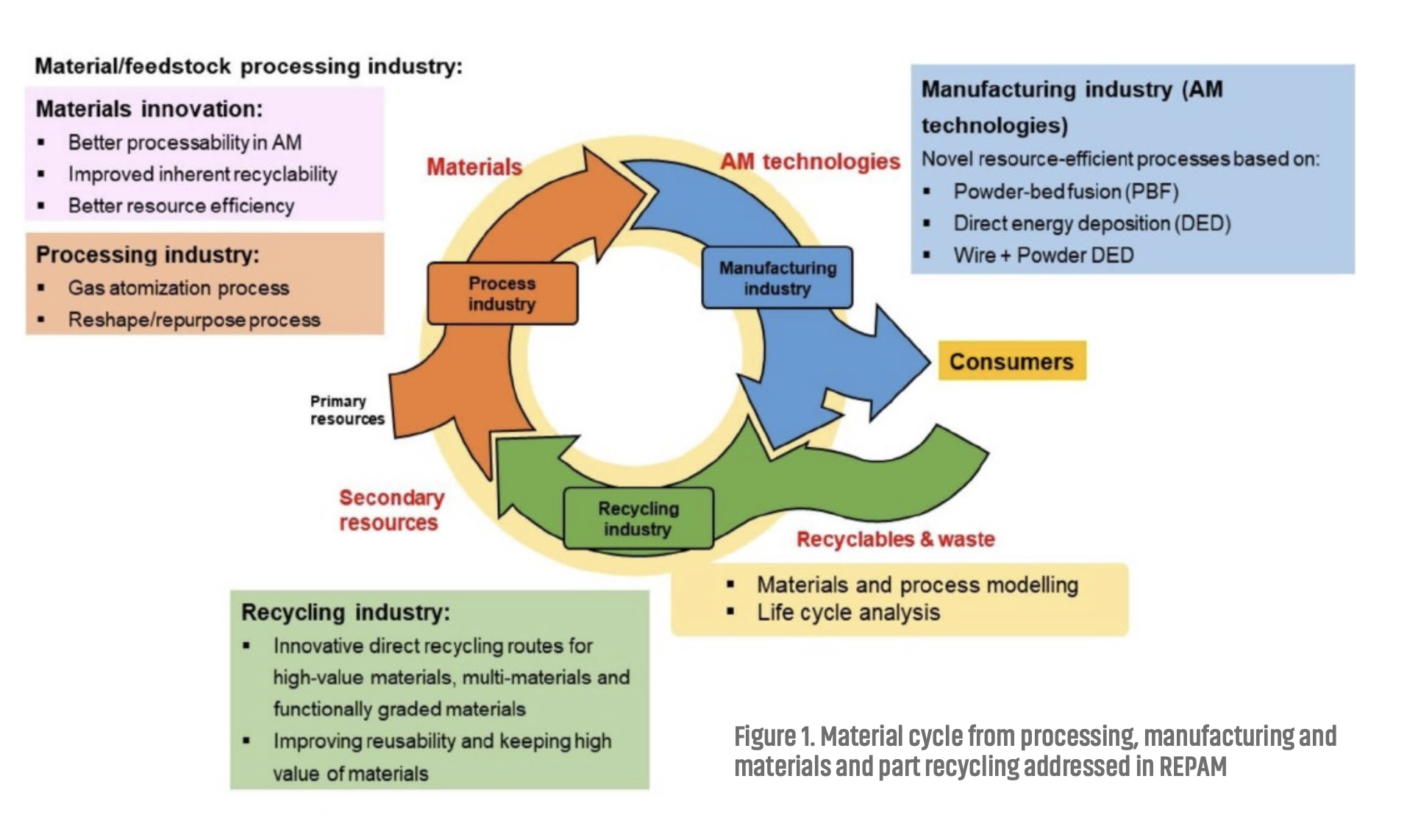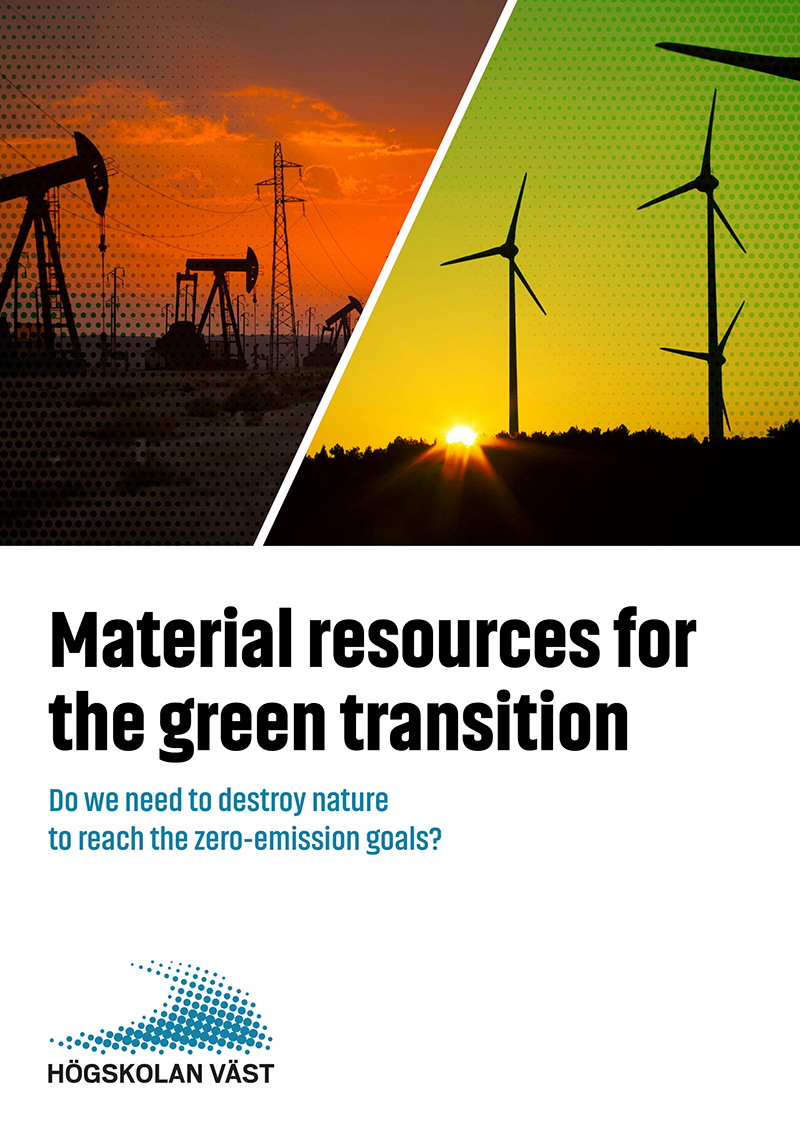Do we need to destroy nature to reach the zero-emission goals?
We can see that things need to change. Using fossil fuels for energy is not a viable long-term solution for future societies. Oil and gas resources are limited, and emissions continue to alter the global climate, making life on Earth increasingly uncomfortable.
Efforts have been made to guide societies towards alternative pathways for harnessing energy from diverse sources and reducing greenhouse gas emissions. Some initiatives appear to be quite effective. For instance, steelmakers are progressing in their transition from fossil fuels to hydrogen as their energy source. This switch could result in significant emission reductions, provided the hydrogen is produced using electricity generated from renewable sources. Furthermore, numerous countries have expressed their commitment to achieving a zero-emission industry and society. The EU has set forth related goals to meet specific emission targets over the coming years and decades.
Generally, the ideas seem sound and make sense. Many individuals have been working diligently in recent years to raise the profile of this topic and foster discussions. Additionally, it is beneficial to establish goals and visions so that societies understand where we want or need to head in the future. It certainly sounds impressive that targets have been set for a green, sustainable EU by 2030. It is straightforward to draft these targets and specify how much energy should be sourced from which providers. However, the goals become unrealistic when considering the necessary raw materials. In this article, we aim to shed light on the challenges and unrealistic expectations regarding the material supply needed to achieve the green transition goals, which represent one of the bottlenecks in this immense challenge.
Material needs
Many approaches are underway to introduce the electrification of society. The truth is that a vast amount of energy will be required to sustain societies after this transition. To generate the necessary quantity, energy must be produced from renewable sources, such as wind farms or solar panels. It may seem straightforward to say that we should simply construct these. However, the challenge lies not only in bureaucratic restrictions but also in the availability of the required materials. It is often overlooked that rare earth elements, cobalt, or ruthenium [1], along with other critical materials, are essential for building these machines.
Of course, having your own photovoltaic power stations on the balcony is a good start. However, due to limited resources, it will not be possible to install them globally in a sufficient way. Similarly, electric vehicles and the infrastructure required to bring energy to the charging stations also require a large amount of material.
The material needed to enable the green transition is enormous. Estimates show that we will need 18 times more lithium until 2030, increasing to 60 times more until 2050 [2]. Those dimensions are similar for other strategically important and critical materials. Another strategically important material is copper. It is needed for wiring in vehicles, energy transfer in cables, and new hydrogen production facilities.
Estimates say that 6 to 12 times more copper will be needed when switching to non-fossil energy sourcing [3]. Electric vehicles also require 2-3 times more copper than conventional cars. Some estimates indicate that the amount of copper needed during the next few years will be more than what humans have ever extracted from the ground in their history on earth. We are talking about enormous amounts here.

Material availability
Where are the resources? Classified critical materials mainly come from China, which indicates a strong dependence of the EU manufacturing industry. However, many initiatives have been started to become more independent by starting or renewing their own mining projects. The main reason that a fight over Greenland started is the resources available. In addition, destroying nature there will not be widely visible, and not too many people will complain when mining happens there.
For example, in Sweden, which has a long tradition of mining, there are also untapped resources that could be utilised in the future. Several relevant elements have been discovered in various locations throughout Sweden. However, most of these are situated in nature parks where there are no roads or even mobile phone reception. This, of course, presents a dilemma: Do we protect nature, or do we devastate it to empower us to “save the world”?
Resource availability
The first step is to identify where the material is. The second step is to extract it. Unfortunately, this involves many hurdles. Not enough educated and trained people are available to do it, bureaucratic hurdles hinder fast action, and infrastructure is simply not available.
Expanding existing mines can progress quite rapidly within a few years, whereas starting a new mine may take decades, from obtaining permissions to build the necessary infrastructure and undertaking many related actions. Achieving a sufficient supply of materials by 2030 appears increasingly unrealistic. Furthermore, there are only limited capacities and personnel available to actually construct the infrastructure for both mining operations and the subsequent processing steps needed to provide the required quality for manufacturing the necessary parts.
The next generation of energy experts
The next generation of experts in relevant fields is limited, and the tendency is that students do not choose geology, engineering, and related subjects. This, in turn, reduces the number of professors and the training capabilities in universities, thereby limiting quality and leading to a vicious circle. Simply put, there are not enough students in the necessary professional training programmes.
Considering that climate change is such a major issue, it is surprising that there is not more interest in those fields. Instead, the trends show that study programs in economics, IT, or law are more attractive. It is unfortunate that at universities, approved innovation projects need to be postponed or even completely cancelled because no suitable candidates can be found to conduct the research.
Re-use and recycling
So, what can we do until we have access to enough material, technical, and personal resources to enable the transition changes? Recycling and reusing materials have a large potential. Many ongoing activities aim to re-use end-of-life products to recover material, which can help reduce the need for new raw materials. However, challenges, such as multi-material separation problems, make regaining material from waste costly. Recycling possibilities for parts like batteries are still challenging.
The manufacturing industry, as a user of materials to produce parts, can support and facilitate more efficient and sustainable material usage, for instance, by minimising the material required to build products.
A prime example is Additive Manufacturing (3-D printing), which enables lightweight product designs and structures that were previously impossible to manufacture, thereby reducing material requirements.
Instead of starting from a big block and removing material, material is only added where needed. However, a lot of waste material is still produced, e.g., in Powder Bed Fusion, where a powder bed is filled with loose powder, and only parts are molten by the laser. Often, the powder is affected by heat or contaminated by spatters and is not considered reusable. This leads to high-value waste, again requiring a high amount of energy to be produced.
One recently developed approach is to embed the powder into a powder sheet, where the powder particles are fixed with a binder. After processing the sheets with the laser beam, the remaining powder in the sheets shows no significant heat treatment and can be reused. This dramatically reduces the amount of new powder needed [4,5].
Remanufacturing
Current research aims to build confidence in processing used materials while still producing high-quality products. The Horizon Europe project REPAM (Resource-efficient materials for Additive Manufacturing) aims to improve the whole material chain, from producing secondary raw materials to manufacturing using recycled materials (Fig. 1).
Recycling processes are also examined by exploring the transformation of material waste into wires for directed energy deposition (a method within Additive Manufacturing) and scrap into powders for directed energy and powder bed processes.
The manufacturing processes are taken into account, incorporating advanced monitoring tools alongside artificial intelligence models to enable real-time process control and optimization, thereby allowing for the utilization of a broader spectrum of scrap in these processes.
Monitoring and control also support the development of quality control during the process. This prevents the production of defective parts, which generates more waste, and reduces the need for post-process quality inspection. Materials design principles are applied to make alloys more robust for recycling purposes.
Finally, the reconditioning of old or degraded metal powders is investigated to develop the technology for industrial readiness and thereby offer a more sustainable way to reuse these powders instead of simply melting them in bulk processes. All these steps reduce material losses and allow the acceptance of a wider range of materials into additive processes. REPAM aims to put the additive transformation on a sustainable footing and allow Europe to lead the way in this green paradigm shift, with the associated competitive and security benefits for the entire value chain.
Based on those activities, The Production Technology Center (PTC) at University West in Trollhättan, Sweden established a unique remanufacturing center as part of the production and manufacturing activities.
References:
- http://www.sgu.se/en/mineral-resources/critical-raw-materials, 2025-01-30
- Wolters, L., & Brusselaers, J. (2024). The energy transition paradox:
How lithium extraction puts pressure on environment, society, and politics. The Extractive Industries and Society, 19, 101498. - Chen, X. & Wang, K. (2025). More Than Ore: The Pivotal Role Recycled Copper Can Play in the Energy Transition. https://www.wri.org/insights, 2025-01-30
- Zhang, W., Abbott, W. M., Sasnauskas, A., Coban, A., Gillham, B., Bitharas, I., … & Lupoi, R. (2024). Development of a novel powder sheets printing process towards the next generation of additive manufacturing: the role of laser defocusing. Virtual and Physical Prototyping, 19(1), e2361856.
- Volpp, J., Zhang, W., Abbott, W., Coban, A., McConnell, S., Marola, S., … & Lupoi, R. (2023). Binder evaporation during powder sheet Additive Manufacturing. Solid Freeform Fabrication 2023: Proceedings of the 34th Annual International Solid Freeform Fabrication Symposium – An Additive Manufacturing Conference


